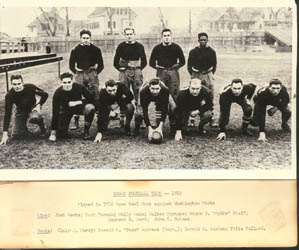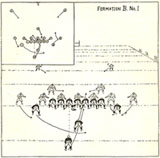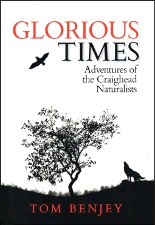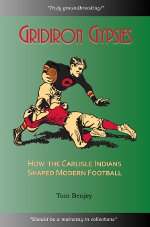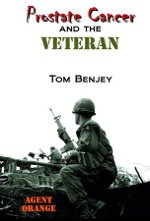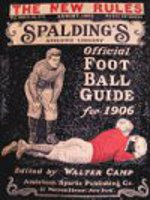
The resurgence of the single-wing in the NFL spawned another article. This one by John T. Reed can be found in the current issue of “The Coffin Corner,” the journal of the Professional Football Researchers Association (PFRA). BTW, professional refers to football not the researchers as we don’t get paid for our contributions to the journal. (We do it for the love of the game.) In “A Shot Is Not a Wing,” Reed wrote about the difference between a single- or double-wing center snap and what passes for one in a shotgun formation. I’ll leave the discussion of the difference to Mr. Reed.
John T. Reed has a website appropriately named www.Johntreed.com. On that website you will find numerous articles about single-wing football. You will also find one about turning around the football program at his alma mater, West Point: http://johntreed.com/Armyfootball.html. What you won’t find there, or anywhere else on the web, is “A Shot Is Not A Wing.” It’s title is listed on the PFRA site, http://www.profootballresearchers.org/, but you’ll have to join the PFRA to get the current issue. All it costs is $25 a year. A simple application can be found on the PFRA site. Just fill it out and set it to Bob Carroll along with your check. You will also be given the opportunity to write articles and participate on committees. They even review books. Look for a review of “Doctors, Lawyers, Indian Chiefs” in a future issue.
A similar journal exists for college football. That organization is called the College Football Historical Society (CFHS). Ray Schmidt edits their journal. Annual dues for the CFHS are only $17, but postage increases could force that to go up. Just send your check and mailing address to Ray Schmidt at PO Box 6460, Ventura, CA 93006.
This ends year one of my blog. See you next year.

